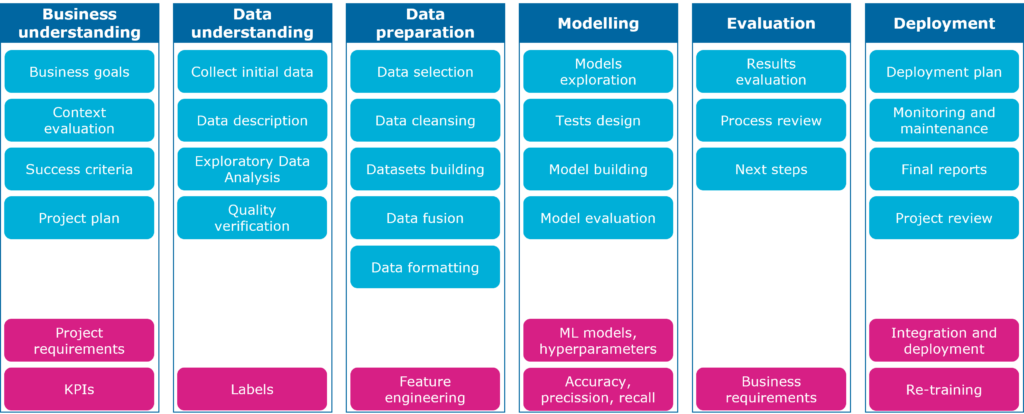What is MLOps?
MLOps, a portmanteau of “machine learning” and “operations,” is all about streamlining the entire machine learning lifecycle. Think of it as DevOps, but specifically tailored for the unique challenges of building, deploying, and maintaining machine learning models. It bridges the gap between data scientists who build models and operations teams responsible for deploying and monitoring them. The goal is to make the process more efficient, reliable, and scalable.
Why is MLOps Important?
In the early days of machine learning, deploying a model was often a one-off event, a manual process prone to errors and inconsistencies. MLOps changes that. By automating and standardizing the process, it reduces the time it takes to get models into production, allowing for faster iteration and quicker responses to changing business needs. It also improves the reproducibility and maintainability of models, ensuring consistent performance and reducing the risk of errors.

Key Components of an MLOps Workflow
A typical MLOps workflow involves several key stages. It starts with data ingestion and preparation, followed by model training and evaluation. Once a model is deemed satisfactory, it’s deployed into a production environment. Continuous monitoring then tracks the model’s performance, identifying potential issues like model drift (where the model’s accuracy degrades over time due to changes in the data). This feedback loop allows for continuous improvement and retraining, ensuring the model remains effective.
Essential Tools for MLOps
Numerous tools facilitate the MLOps process. Version control systems like Git are crucial for tracking changes to code and model versions. Cloud platforms like AWS, Google Cloud, and Azure offer managed services for model training, deployment, and monitoring. Containerization technologies like Docker package models and their dependencies for seamless deployment across different environments. Orchestration tools like Kubernetes manage and scale the deployed models. Finally, dedicated MLOps platforms provide integrated solutions encompassing many of these functionalities.
Getting Started: A Practical Approach
Begin by focusing on a small, well-defined problem. Don’t try to implement a full-fledged MLOps system right away. Start with a simple model and gradually incorporate MLOps principles. Use version control for your code and data. Consider using a cloud platform for model training and deployment to simplify infrastructure management. Implement basic monitoring to track model performance and identify potential problems. As you gain experience, you can progressively add more sophisticated tools and techniques.
Addressing Common Challenges
Implementing MLOps isn’t without its hurdles. One common challenge is the integration of different tools and technologies. Another is managing the complexity of the workflow, especially as the number of models and data sources grows. Collaboration between data scientists and operations teams is essential for successful MLOps implementation. Clear communication and well-defined roles and responsibilities are crucial to avoid misunderstandings and conflicts.
Continuous Improvement and Iteration
MLOps is an iterative process. You’ll constantly refine your workflows and tools as you gain experience and learn from your mistakes. Regularly review your processes, identify bottlenecks, and look for ways to improve efficiency and reliability. Embrace experimentation and be willing to adapt your approach as needed. The ultimate goal is to create a robust and scalable system for building, deploying, and maintaining machine learning models.
Beyond the Basics: Advanced MLOps Concepts
As your MLOps maturity grows, you might explore more advanced concepts like automated model retraining, A/B testing for model comparison, and canary deployments for gradual model rollout. These techniques help optimize model performance, minimize risk, and ensure a smooth transition to new models. Understanding these concepts will enable you to build even more sophisticated and reliable machine learning systems.
The Future of MLOps
The field of MLOps is rapidly evolving, with new tools and techniques constantly emerging. The increasing demand for reliable and scalable machine learning systems will drive further innovation in this area. Staying abreast of the latest advancements will be crucial for anyone working in the field of machine learning. Read more about machine learning operations (MLOps).
